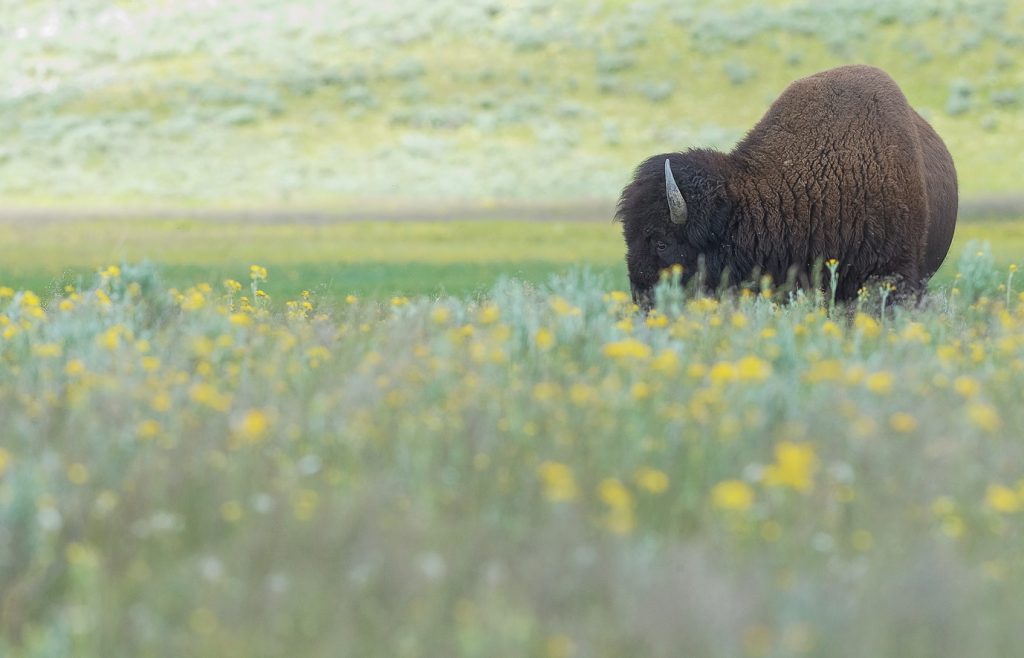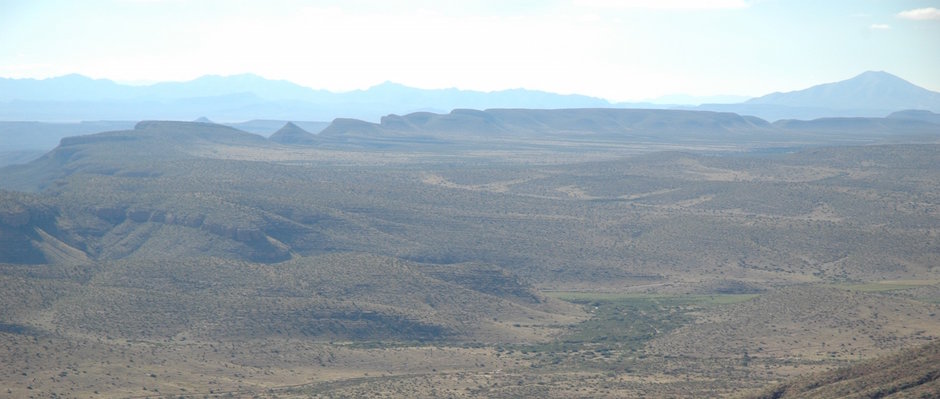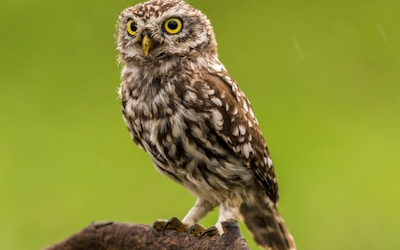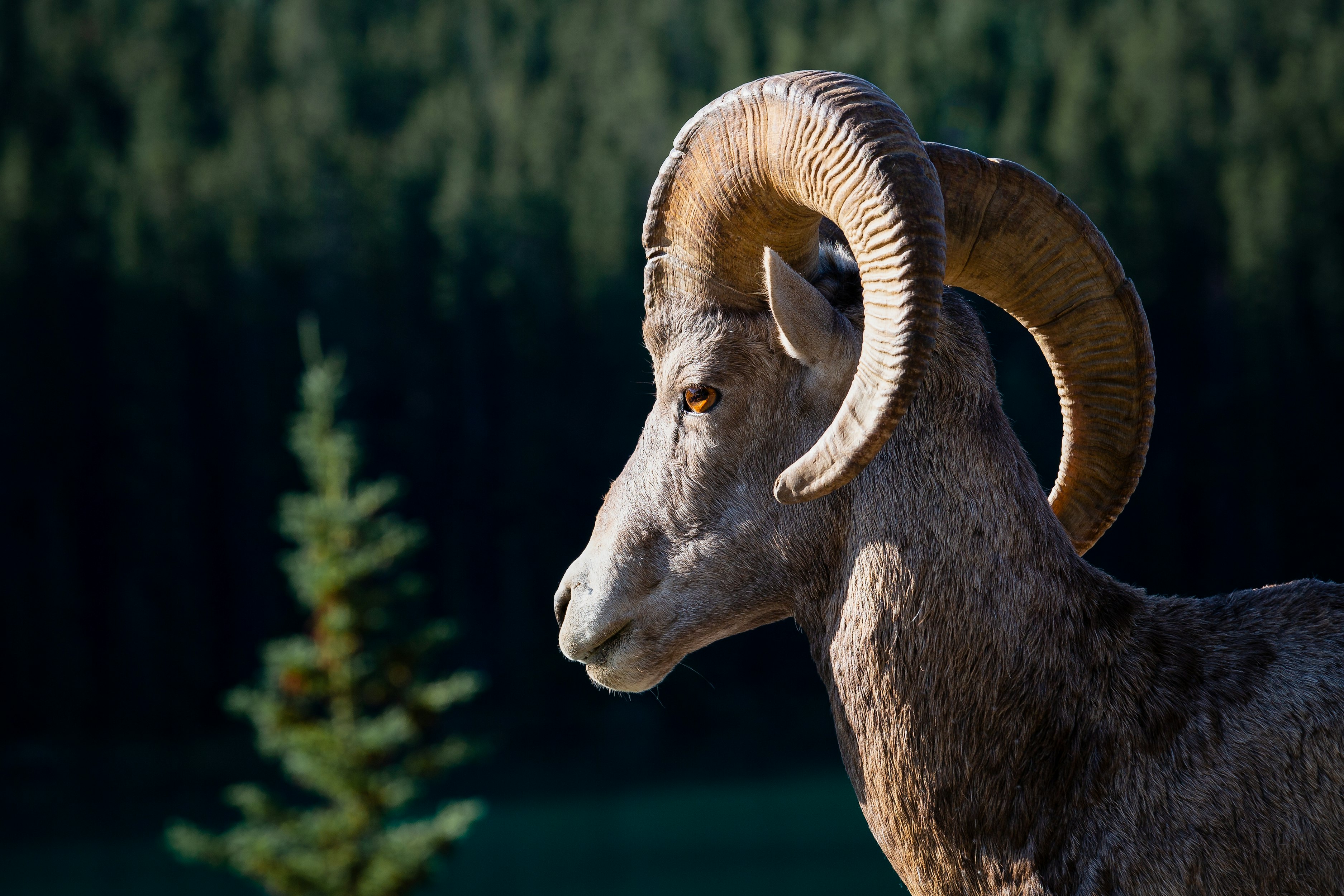Book Review of American Serengeti: The Last Big Animals of the Great Plains
American Serengeti is Dan Flores’ natural history of the American Great Plains throughout its 13,000-years of human presence. According to the author, the book is the “Big History” of two lost worlds, both of which were destroyed by humans.
The first Lost World was a larger, more diverse collection of animals than that found on the African Serengeti today: elephants, giant bison, enormous herds of horses and zebras, numerous types of camels and deer, elk and pronghorns as well as truly formidable predators including aggressive short-faced bears, saber-toothed cats, wolf and coyote packs, jaguars, cougar, the steppe lion – far larger than its African cousin – and many others. Most of these animals vanished in the biggest extinctions since the dinosaurs, when humans arrived in America around 10,000 BC.
The second Lost World was home to the incredible wildlife that evolved after the Pleistocene Extinctions: unimaginable numbers of bison, pronghorn, horses, bear, wolves and coyotes. And this is the Big History of how humans, after living in balance with these animals for 8,000 years, destroyed most of them in a little more than a century.
Those who contemplate restoring wildlife will find Flores’ history of what once was useful in thinking about what might be, and improving our wildlife “management” practices – which have been catastrophic to these wild populations. Although Flores unflinchingly describes the horrific destruction of the wildlife resources, his message is both poetic and hopeful.
NOTE: this book is available on Amazon.com
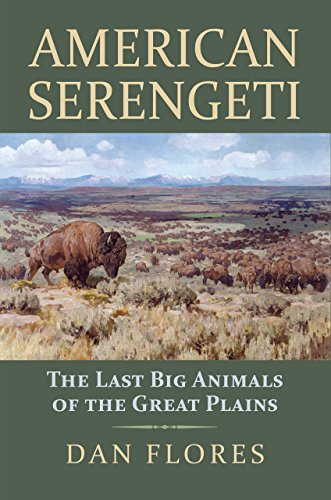 Amazon Books Description
Amazon Books Description
Winner of the Stubbendieck Great Plains Distinguished Book Prize
America’s Great Plains once possessed one of the grandest wildlife spectacles of the world, equaled only by such places as the Serengeti, the Masai Mara, or the veld of South Africa. Pronghorn antelope, gray wolves, bison, coyotes, wild horses, and grizzly bears: less than two hundred years ago these creatures existed in such abundance that John James Audubon was moved to write, “it is impossible to describe or even conceive the vast multitudes of these animals.”
In a work that is at once a lyrical evocation of that lost splendor and a detailed natural history of these charismatic species of the historic Great Plains, veteran naturalist and outdoorsman Dan Flores draws a vivid portrait of each of these animals in their glory–and tells the harrowing story of what happened to them at the hands of market hunters and ranchers and ultimately a federal killing program in the nineteenth and twentieth centuries. The Great Plains with its wildlife intact dazzled Americans and Europeans alike, prompting numerous literary tributes. American Serengeti takes its place alongside these celebratory works, showing us the grazers and predators of the plains against the vast opalescent distances, the blue mountains shimmering on the horizon, the great rippling tracts of yellowed grasslands. Far from the empty “flyover country” of recent times, this landscape is alive with a complex ecology at least 20,000 years old–a continental patrimony whose wonders may not be entirely lost, as recent efforts hold out hope of partial restoration of these historic species.
Written by an author who has done breakthrough work on the histories of several of these animals–including bison, wild horses, and coyotes–American Serengeti is as rigorous in its research as it is intimate in its sense of wonder–the most deeply informed, closely observed view we have of the Great Plains’ wild heritage.
